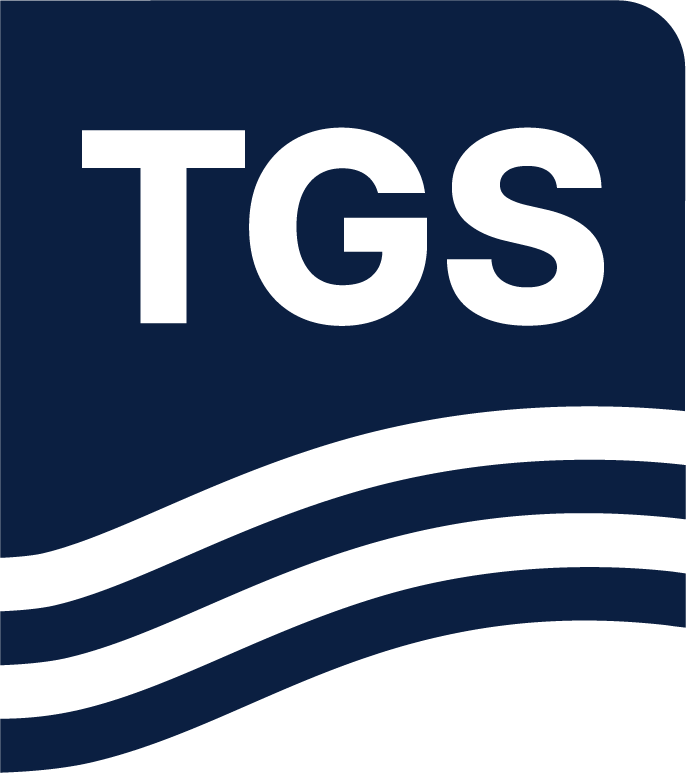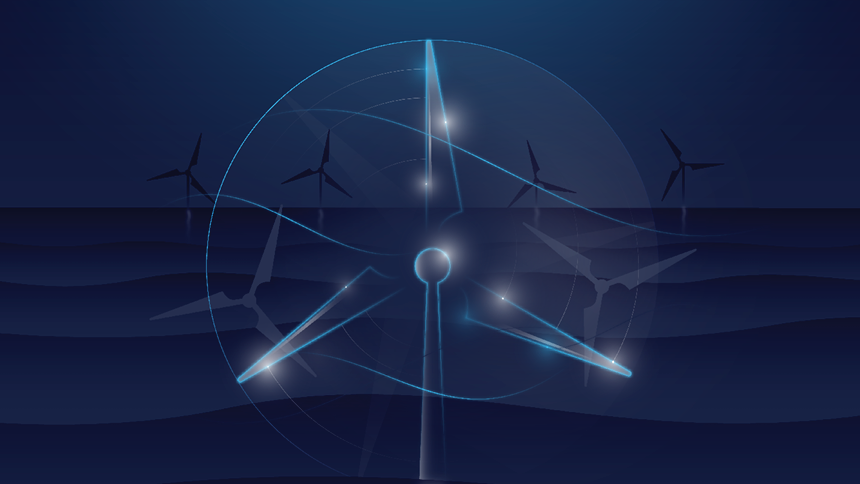Acquisition Configurations and Targets
Flexible Solutions for Targeted Survey Applications
Ultra-High Resolution 3D seismic (UHR3D) is deployed from a smaller vessel using very short streamers, which allows for high maneuverability in congested survey areas. The shallow tow depths of both source and receivers (typically 2–4 meters) make UHR3D well suited for shallow water environments. By combining broad bandwidth with wide streamer spreads, it enables rapid coverage of large areas with high vertical resolution.
Towed UHR3D streamer spreads typically consist of 8 to 14 short streamers spaced 6.25 to 12.5 meters apart. Each streamer measures between 50 and 170 meters in length, with receiver intervals of 3.125 to 6.25 meters. Recording sample rates can be as small as 0.25 milliseconds. Source frequencies up to 4,000 Hz enable ultra-high-resolution imaging of the near surface.
TGS vessels can also acquire additional integrated geophysical and hydrographic data during UHR3D surveys. This includes simultaneous collection from Multi Beam Echosounder (MBES), Side Scan Sonar (SSS), Sub-bottom Profiler (SBP), and Magnetometer (MAG) systems.
- Higher resolution, broader bandwidth, and improved signal-to-noise performance in ultra-shallow settings
- Detailed and accurate characterization of seabed and near-surface conditions
- Supports faster development timelines for offshore wind projects
- Enhances site assessment and risk mitigation strategies
- Reduces lead time and cost by minimizing the need for extensive geotechnical investigations
Designed for Smaller Areas and Complex Targets
Detailed UHR3D data is well suited for imaging complex shallow targets such as geohazards, buried boulders, and unstable soil conditions. Offering high spatial resolution and deployable in constrained or challenging environments, UHR3D surveys are particularly well suited to offshore wind farm planning.
Speak to a Specialist
Interested in learning more? Let us know your needs and we’ll connect you to the right person or team.
Book a Meeting
Learn how Ultra-High Resolution 3D seismic can support your project, from early site assessment to de-risking development decisions. Schedule a one-to-one with our team to explore the latest capabilities and applications.
Discuss Your Seismic Data Needs
Seismic requirements vary by project. Connect with a TGS expert to discuss tailored solutions that align with your technical, regulatory, and development goals.


